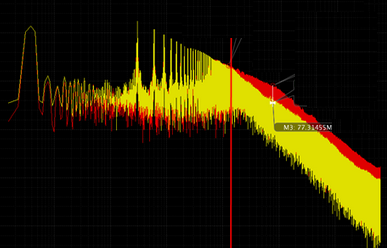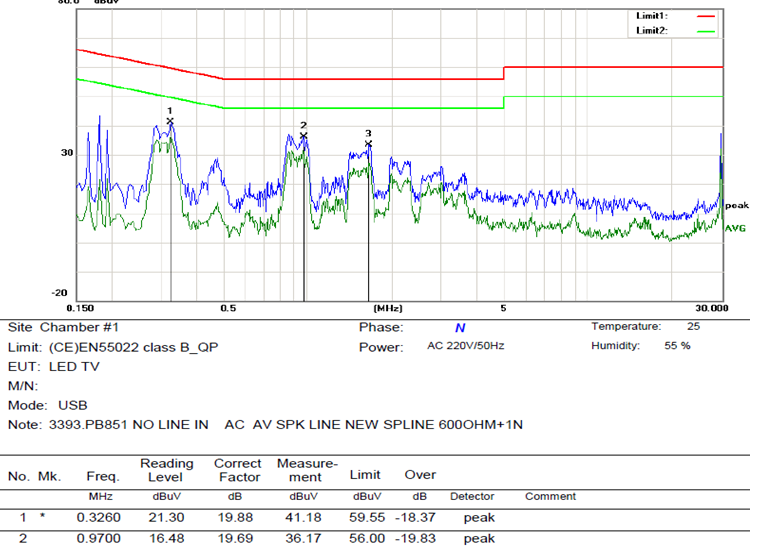SSZTCC5 august 2015
Designers frequently choose Class-D audio amplifiers to drive the speakers in a variety of mid-power applications like TVs, Bluetooth® speakers and laptops. After all, when compared to conventional Class-AB, Class-D has lower heat dissipation and relatively high efficiency (for increased battery life). Class-D is also beneficial if compact board space is important.
The biggest challenge associated with Class-D is electromagnetic interference (EMI). External inductor-capacitor filtering is traditionally used to mitigate EMI, but it adds cost, area and complexity to end equipment.
TI has developed several closed-loop amplifiers including the TPA3110 (released in 2010), which made significant improvements to EMI by using advanced closed-loop power stages. TI has also just released the TPA3140 Class-D audio power amplifier, which includes several innovations that help provide true inductor-free performance even for speaker cables up to 1m in length. This inductor-free device is already in production in LCD TVs, where long speaker cables make meeting EMI requirements a challenge.
Edge-rate Control
One method used to reduce EMI radiation is to reduce the slew rate of the amplifier output transitions. Since the TPA3140 uses a proprietary high-performance feedback topology, a reduction in slew rate will not degrade total harmonic distortion (THD) or audio quality. The fast Fourier transform (FFT) image in Figure 1 shows a reduction in high-frequency content with slower edges.
 Figure 1 EMI Plots without Edge Rate
(Red) and with Edge Rate (Yellow)
Figure 1 EMI Plots without Edge Rate
(Red) and with Edge Rate (Yellow)Spread-spectrum Clocking
While edge-rate control is an effective means of attenuating EMI when it arises in frequency ranges greater than 30MHz, it does not address the fundamental carrier frequency of the Class-D amplifier’s switching output and its related harmonics, which fall in the range below 30MHz.
The TPA3140 includes a proprietary algorithm that adds a small amount of frequency modulation to the amplifier’s clock circuitry. This algorithm doesn’t affect the amplified audio quality, but significantly reduces peak energy of the switching frequency.
EMI Results
Figure 2 represents EMI test results from a TV with a close to 1m speaker cable length. The red line is the quasi-peak limit, and the green line is the average limit.
 Figure 2 EMI Plot: Blue Quasi-peak and
Green Is Average Curve
Figure 2 EMI Plot: Blue Quasi-peak and
Green Is Average CurveAudio Performance:
- <0.05% THD+N at 1 W/4 Ω/1 kHz
- <65-µV A-wgt output noise
In conclusion, the TPA3140 Class-D audio power amplifier provides significant improvement in EMI that allows inductor-free operation providing major BOM cost savings without compromising audio quality.
Additional Resources
- Work with the TPA3140 evaluation module (EVM).
- Learn more about our other Class-D audio power amplifiers.
- Visit the TI E2E™ Community Audio Amplifiers forum, where you can search for solutions, get help, share knowledge and solve problems with fellow engineers and TI experts.